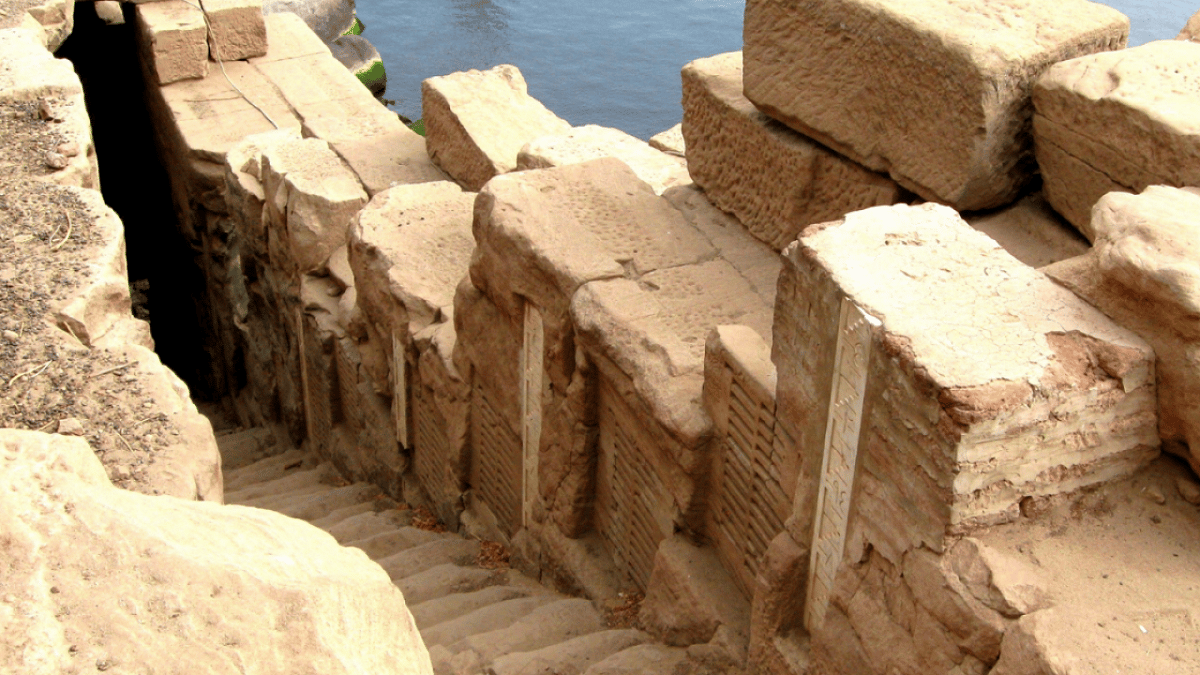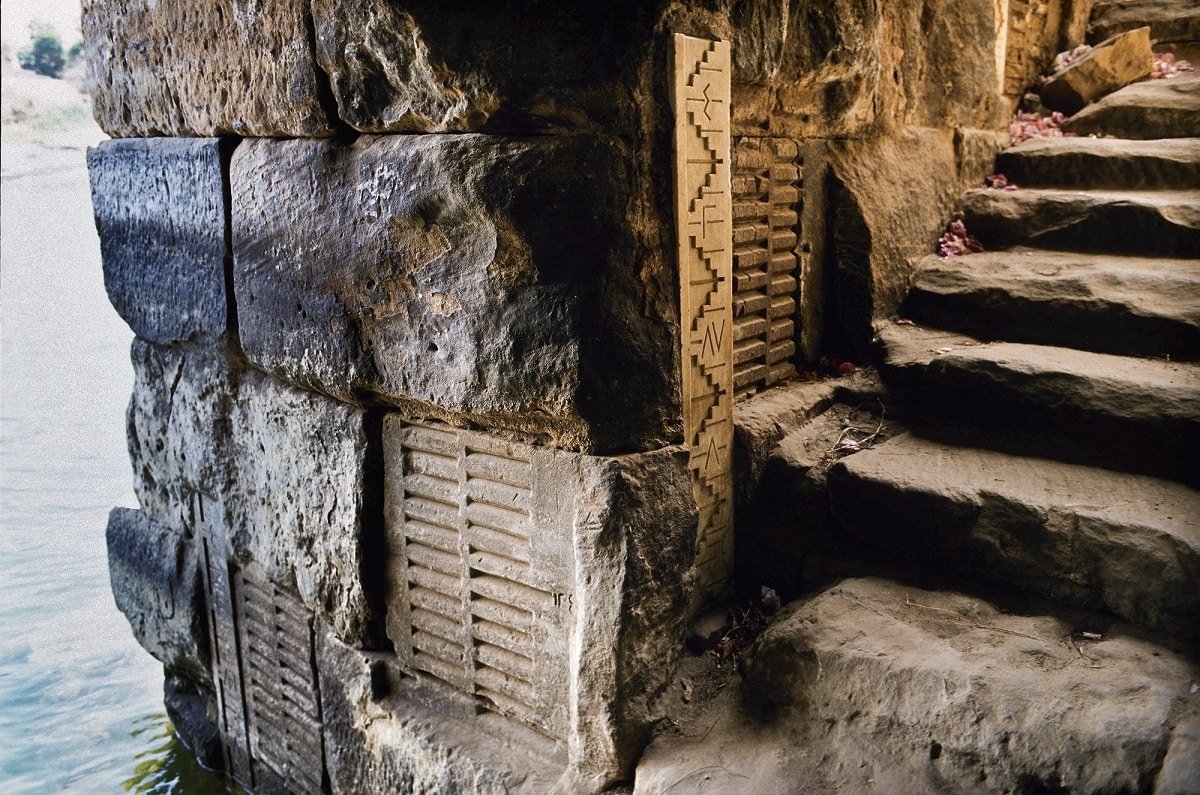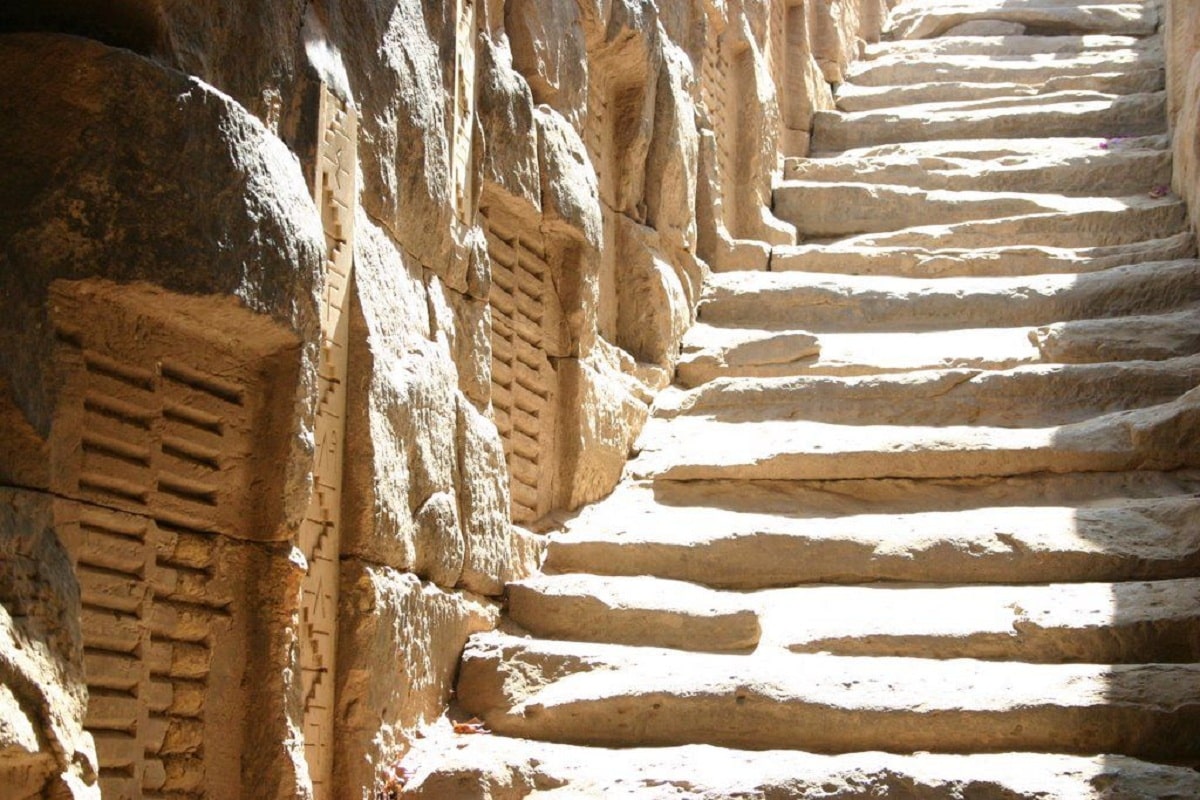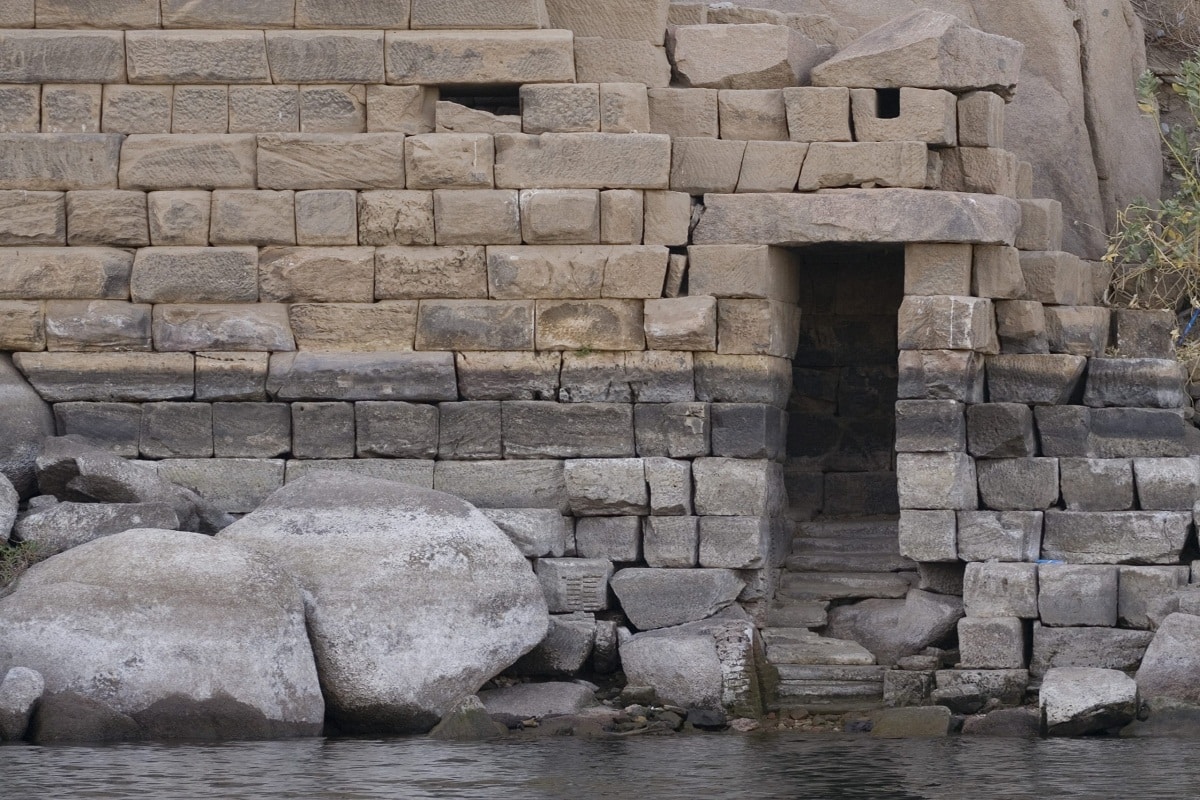
In prehistoric times, agriculture depended on water falling from the sky. Centuries later, humans began to master the diversion of these waters to facilitate agriculture. In ancient times the custom of measuring the flooding of large rivers has already begun. The Egyptians were the first we know of to measure the flow of the Nile to understand the year's harvest, whether it be a bountiful harvest or food shortages, and the famine and death that followed. This is where the concept of nilometer.
In this article we are going to tell you what a nilometer is, what its characteristics are and its importance.
agriculture in ancient times

This reliance on rain for agriculture today is not easily understood by those who live in large cities far from agricultural practices, but for Egypt, one of the most important ancient civilizations, the Nile was a source of life. In fact, many researchers claim that it was this river that created the great pharaoh of Egypt. It was so important that in several cities they placed meters of river currents, called nilometers. These may have been the first devices to measure the ebb and flow of rivers.
What is a nilometer

A nilometer used to be a chamber with graduated columns used to measure the depth of river water and, knowing the level reached, it was possible to predict when a flood would occur. These measurements are from the first Egyptian dynasty under King Gyr. Some are simpler, and instead of columns, what they do is carve measurement marks on the walls of the room, like they do with elephants. They are on the banks of the Nile, so they receive the flow, and that is the measure provided. This simple measure was used to understand the importance of floods, once there was a ladder to receive the current.
A building could also be built to protect itself, with a round top or a pyramid on top (the pyramid-shaped part at the top of the building), although it later evolved into more complex structures.
The cubits and the nilometer

Most authors consider a flood of 14 to 16 cubits to be the optimal level.. For the record, higher numbers mean destruction, while lower numbers lead to starvation. Pliny the Elder described the 16 "lucky cubits" as follows:
… when the ascent reached only twelve cubits (about twenty feet), there would be famine; in thirteen it would mean scarcity; fourteen brings joy; fifteen security and sixteen abundance joy or pleasure. Above that figure it was a disaster because it meant a great flood that could destroy crops, houses, haystacks... (Adaptation of Pliny's phrase).
It can score from 11 to 16 cubits (IA IB ΙΓ ΙΔ ΙΕ ΙҀ in Greek). It is necessary to know that the Nile is one of the longest rivers in the world (more than 6.600 km), so the flow near where it receives the floods is much greater than the flow measured at its mouth, rather than the location of the meter of Nero that can be measured between 14 and 16. Appropriate measurements are made at intervals of 16 cubits. Some researchers claim that it may be the one in Memphis, which has long been the capital of the pharaoh's empire.
In Egypt, they may have been as small as 15 nanometers along the river bed in the pharaonic era. There are even portable ones, like those owned by Emperor Theodosius. One of the latest finds is in the ruins of the ancient Egyptian city of Tomis in the Nile Delta, and the Egyptian and American archaeologists who unearthed it believe its structure was built in the 1000rd century BC. C. Used for about 2,40 years. It is a well formed by a series of steps that descend to the ground. It is built with large blocks of limestone and reaches a diameter of XNUMX meters.
Later uses
Although it was an Egyptian invention, it was used by later civilizations such as the Greeks, the Romans, and later other Mediterranean countries. In Egypt, under Muslim rule, the most famous was Cairo 1, which was in use until the XNUMXth century. It is 9,5 meters deep, so it is connected to the river through a tunnel. In its center there is a column that serves to measure the flood. About 20 have been found so far, recovered from various parts of the Near East.
In ancient Egypt, Nero's meter was a tool used to understand the flow of rivers, in this way it was possible to know how the Nile would overflow. It may come from a simple one consisting of a series of marks on the stones bathed on the bed or columns with precise markings for more complex buildings built for this purpose.
Its manifestations over time seem to be related to prosperity, so the nilometer is found in paintings, sculptures, coins, and documents, though those examples of ancient construction are still few and far between.
Nile River Cycles
The flood, called -ajet- in the ancient Egyptian language, was one of the three seasons into which the ancient Egyptians divided the year.
The water level of the Nile in Elephantine is below 6 meters, which means much of the land cannot be farmed, leading to famines across the country. Water levels well above eight meters led to the flooding of villages, the destruction of houses and the rendering of irrigation canals unusable.
Every summer, heavy rains in the Ethiopian highlands cause a dramatic increase in the amount of water flowing into the Nile from tributaries. Between June and September, the Nile River overflowed its banks across Egypt, flooding the surrounding plains. When the water recedes around September or October, they deposit a rich alluvial layer of silt that benefits the fertility of the arable land.
I hope that with this information you can learn more about the nilometer and its characteristics.